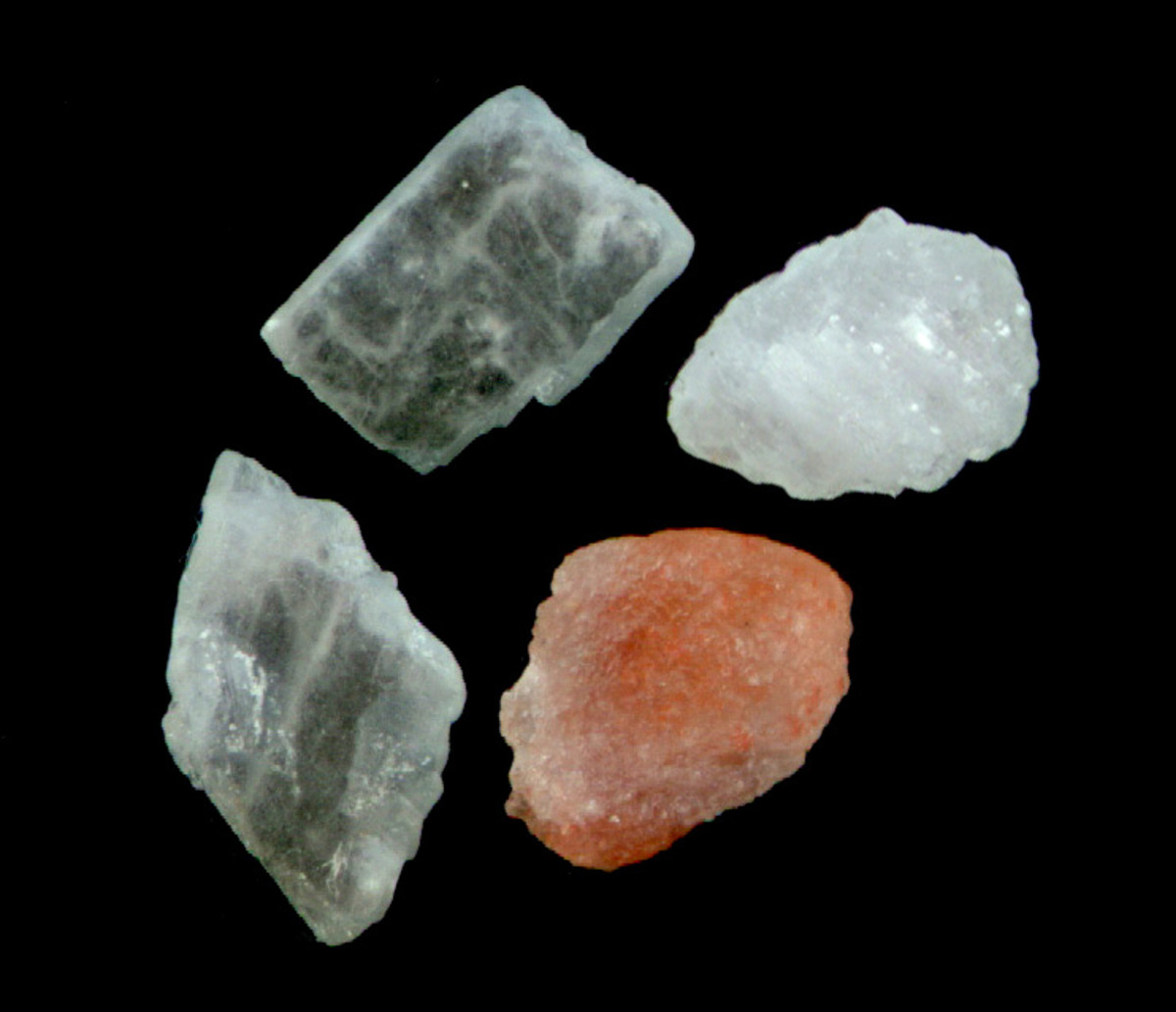- HubPages»
- Food and Cooking»
- World Cuisines»
- Central, Northern & Eastern European Cuisine
Salt Definition, Origin And Types

Salt definition
Salt (NaCl) is a white crystal containing sodium and chloride. Salt crystals vary in colour. It can be pure white, brownish, grey or transparent. The crystals have different shapes and sizes which can be modified by temperature. The composition of salt is made up of 40% sodium and 60% chlorine.
Salt is called table salt or common salt. It is used in cooking, health, beauty and cleaning.
Table Salt
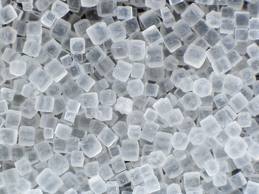
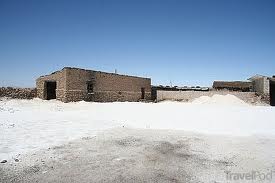
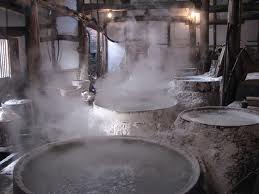
Salt origin
Salt is found in the sea water, underground deposits, salt lakes and the oceans. The largest amount of salt is found in sea water and it an inexhaustible supply. The salt is extracted around the world. The number one producer of salt is China with 48 million tons. Second is US with 46 million tons.
The three methods of producing salt are:
- solution mining
- solar evaporation
- deep-shaft mining
Solution Mining is the process of extracting the salt from underground deposits. Solution mines can reach 5000 feet deep. It uses very sophisticated drilling techniques bring collect the salt.
The process involves the erection of well over salt deposits. Then water is injected in order to dissolve the salt. This process of saturation is known as Brine. The brine is pumped to the surface and evaporated.
This is done at a salt processing plant where other minerals are removed and only salt is left. The salt is dried. Iodine is added to most types of table salt.
Solar evaporation is used to remove salt from salt lakes and Sea water. The Sun and the wind is evaporating the water and leaves the salt only. The salt is collected usually once per year or when it reaches a certain thickness. Then the salt is washed and drained. This process is mainly working in Australia and the Mediterranean countries because of low rainfall rate to help the evaporation process.
Deep-shaft mining is the process by which salt is removed from deep underground beds. This process is very similar to any mineral mining. A conveyor belt is used to bring the salt to the surface. Then the salt is dried and crushed.
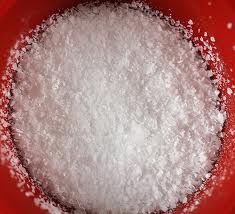
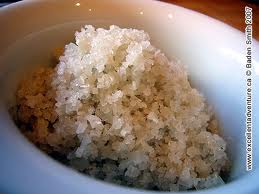
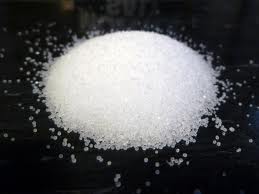
Most common Salt types
Table salt
Table salt is the common salt found in every household and supermarkets. It has small crystal particles and it is pure white. It is used for cooking and seasoning. This type of salt has impurities removed and can include some additives.
Coarse salt
Coarse salt is salt that has a larger grain than common table salt. This salt is very popular in cooking because it gives dishes a better seasoned taste and lesser amount is needed. This is due to the larger grain it has. It is used in deserts, bread and stakes. Coarse salt is not recommended in baking because it does not dissolve evenly.
Kosher salt
Kosher salt has no additives added and it has bigger crystals than other salt types. Because of its crystal size and shape with large surface area, this salt is very good in cooking remedial meats. Kosher means the real thing, no additives, pure salt. Kosher salt has mild taste and therefore is a chef’s favourite in all sorts of cooking.
Celtic salt
Celtic sea salt is moist salt processed from Atlantic sea water, coast of Brittany, France. Harvesting is done using the Celtic method where wooden tools are used instead of metal in order to preserve the salt enzymes. It is dried by sun and air naturally in clay ponds. It retains all 84 elements of sea water. This type of salt has no additives or preservatives.
The Celtic salt is reach in calcium, magnesium, iron, zinc and potassium. This is the reason why we need 2/3 of the amount we normally use in cooking.
Celtic sea salt has healing attributes as well. It gives relief in sinus; it regulates blood pressure and helps in dissolving the kidneys stones. Mixed with warm water, it provides a restful sleep.
This salt facilitates the balance the sugar level in our body, particularly those who suffer from diabetes.




